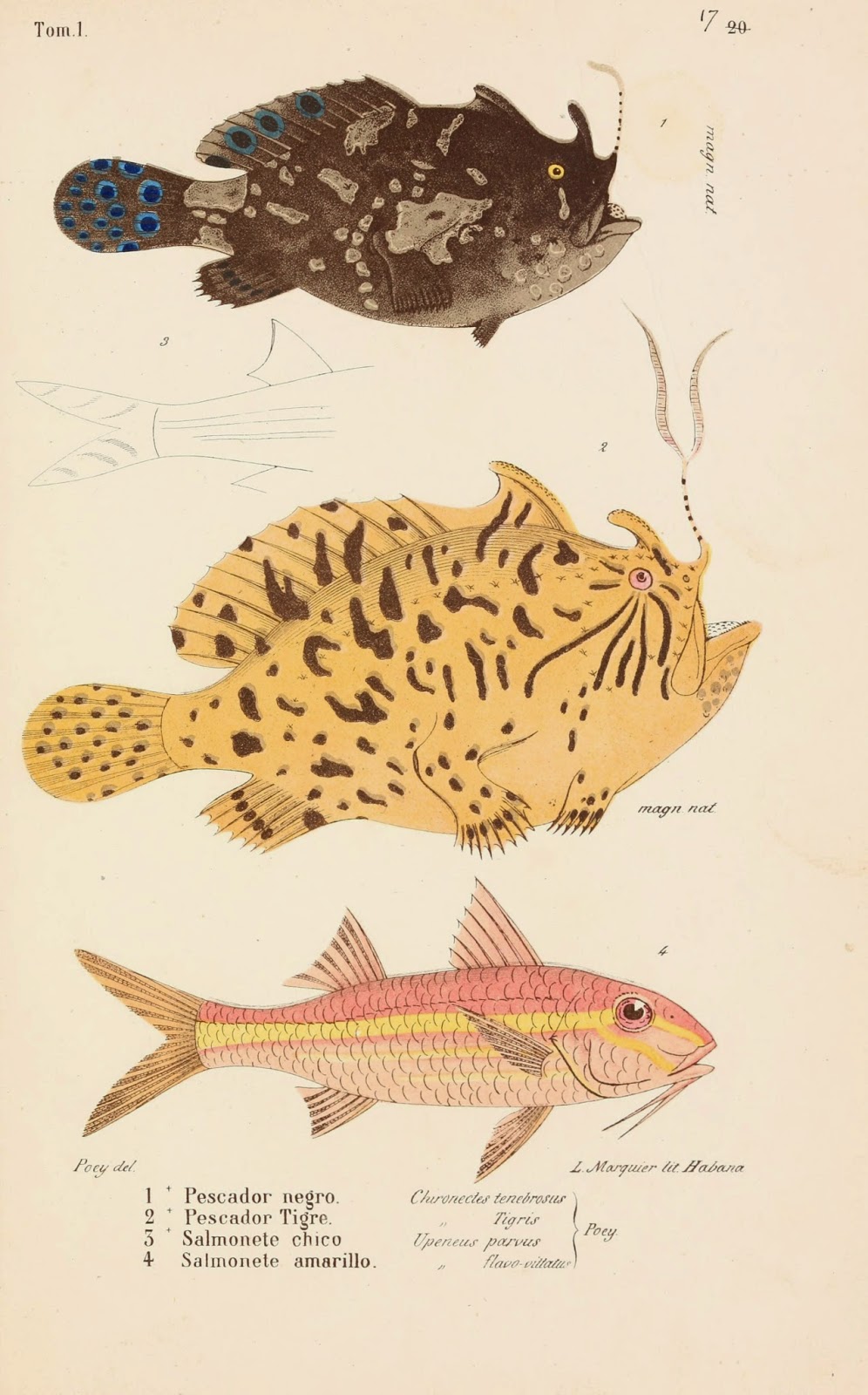This post was written by Grace Costantino, Outreach and Communications Manager for the Biodiversity Heritage Library (BHL).
We are pleased to announce the release of two new BHL online exhibitions: Early Women in Science and Latino Natural History.
Earlier this year, the Smithsonian Women’s Committee awarded a one-year grant to Smithsonian Libraries (SIL) to build online exhibitions to showcase the scientific and historical contributions of Women and Latino naturalists and illustrators. The project, entitled Notable Women and Latinos in Natural History, draws from content in BHL and uses the Biodiversity Library Exhibition (BLE) platform developed by BHL Europe.
The exhibitions include factoids, highlights, stories, illustrations and publications from some of natural history’s most remarkable women and Latino naturalists. Some of the featured individuals, such as Maria Sibylla Merian and Louis A. Fuertes, are internationally celebrated. Others, though perhaps less famous, are equally important contributors to the world of science.

Below we present a few highlights about the men and women featured in the exhibits, extracted from the fascinating content written and curated by exhibition creators Adriana Marroquin (Latino Natural History) and Laurel Byrnes (Early Women in Science). Stay tuned for future posts from Adriana and Laurel showcasing some of their favorite stories and content (akin to Adriana’s earlier post on the extraordinary naturalist and illustrator Louis A. Fuertes). Follow us on Twitter and Facebook for more exciting tidbits, and be sure to check out the exhibitions today!
Selected highlights from Early Women in Science
- Mary Agnes Chase (1869-1963), a self-taught botanist awarded an honorary Doctor of Science degree from the University of Illinois at age eighty-nine, served as botanical illustrator for the USDA Bureau of Plant Industry in Washington, D.C. and increased the world’s knowledge of Brazilian grasses by at least 10 percent.
- Edith Patch (1876-1954), the first female head of the Maine Agricultural Experiment Station, predicted in 1936 that, should heavy use of pesticides continue, bird species and insect pollinators would be dying out by the year 2000.
- Gertrude Jekyll (1843-1932) was a pioneer in the field of landscaping, designing over 400 gardens in her lifetime and serving as one of the most influential people in the Arts and Crafts movement. Her younger brother inspired the name of Stevenson’s protagonist in Dr. Jekyll and Mr. Hyde.
- Mary Treat (1830-1923) notably corrected Charles Darwin, with whom she shared an interest in carnivorous plants, about the mechanism by which bladderworts capture insects. Darwin acknowledged that she was correct, stating, “Mrs. Treat of New Jersy [sic] has been more successful than any other observer” in comprehending the way in which bladderworts (Utricularia clandestina) capture insects.

Selected Highlights from Latino Natural History
- Cleofe Calderon (1929-2007), native to Argentina, spent years studying bamboo and helped lay the foundation for our modern understanding of grass evolution. One of her key contributions was the rediscovery of Anomochloa, a genus of grass that scientists had not seen living since the 19th century.
- Cuban-born Felipe Poey y Aloy (1799-1891) became part of the European natural history community while practicing as a lawyer in Europe. Well-known naturalists Georges Cuvier and Achille Valenciennes based many new species in their Natural History of the Fishes on Poey’s drawings and specimens. Poey dedicated much of his life to writing Ictilogía Cubana, which described and illustrated over 700 species of fish found in Cuba.
- Eduardo Caballero y Caballero (1904-1974) of Mexico was noted for his work in helminthology, or the study of parasitic worms. In 1943 he was appointed the Helminthologist of the Panamerican Office of Sanitation to investigate an outbreak of Onchocerciasis, an infection caused by parasitic worms spread by black fly bites, which can lead to blindness. His work led to the establishment of Escuela Mexicana de Helmintologia, a school dedicated to helminthology.
- Mexican-born José Mociño (1757-1820), originally geared to become a priest, became a botanist and explorer instead, joining the third excursion of the Royal Botanical Expedition to New Spain. However, political turmoil, in part due to the Napoleonic wars in Spain, thwarted the expedition, serving as an example of how outside forces can affect scientific pursuits.

Explore more fascinating facts about women and Latino naturalists in our exhibitions!
These exhibitions sponsored by the Smithsonian’s Women Committee.


Be First to Comment